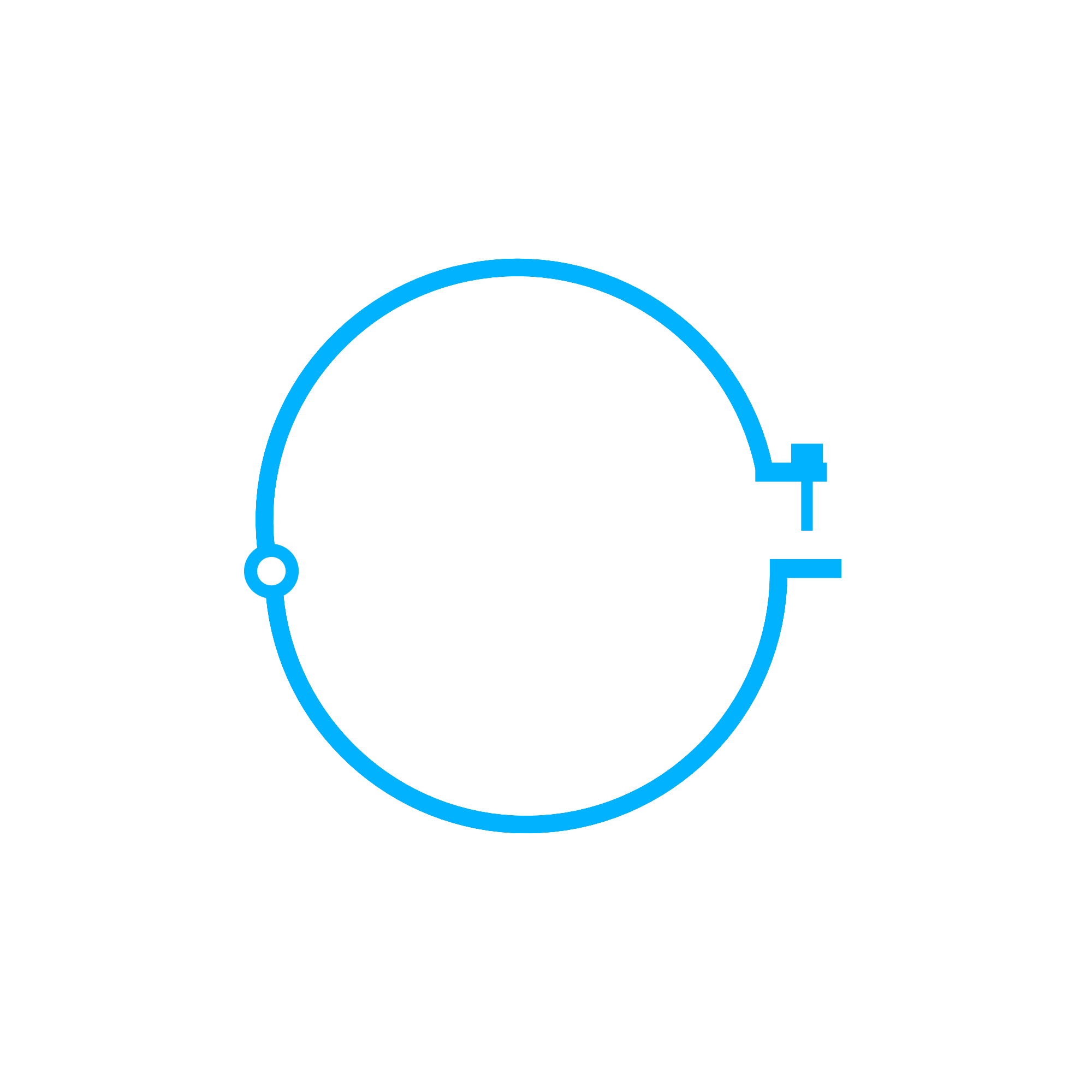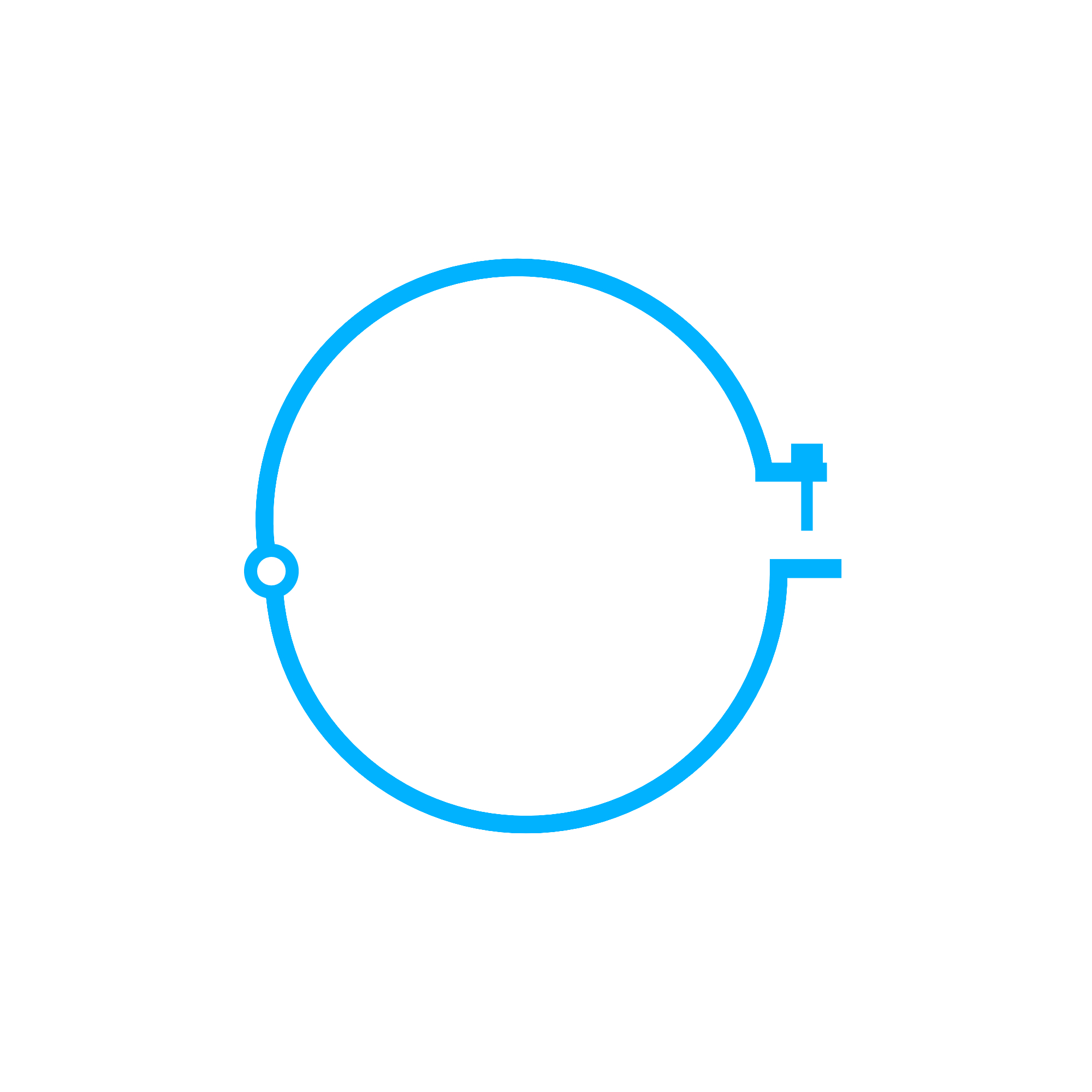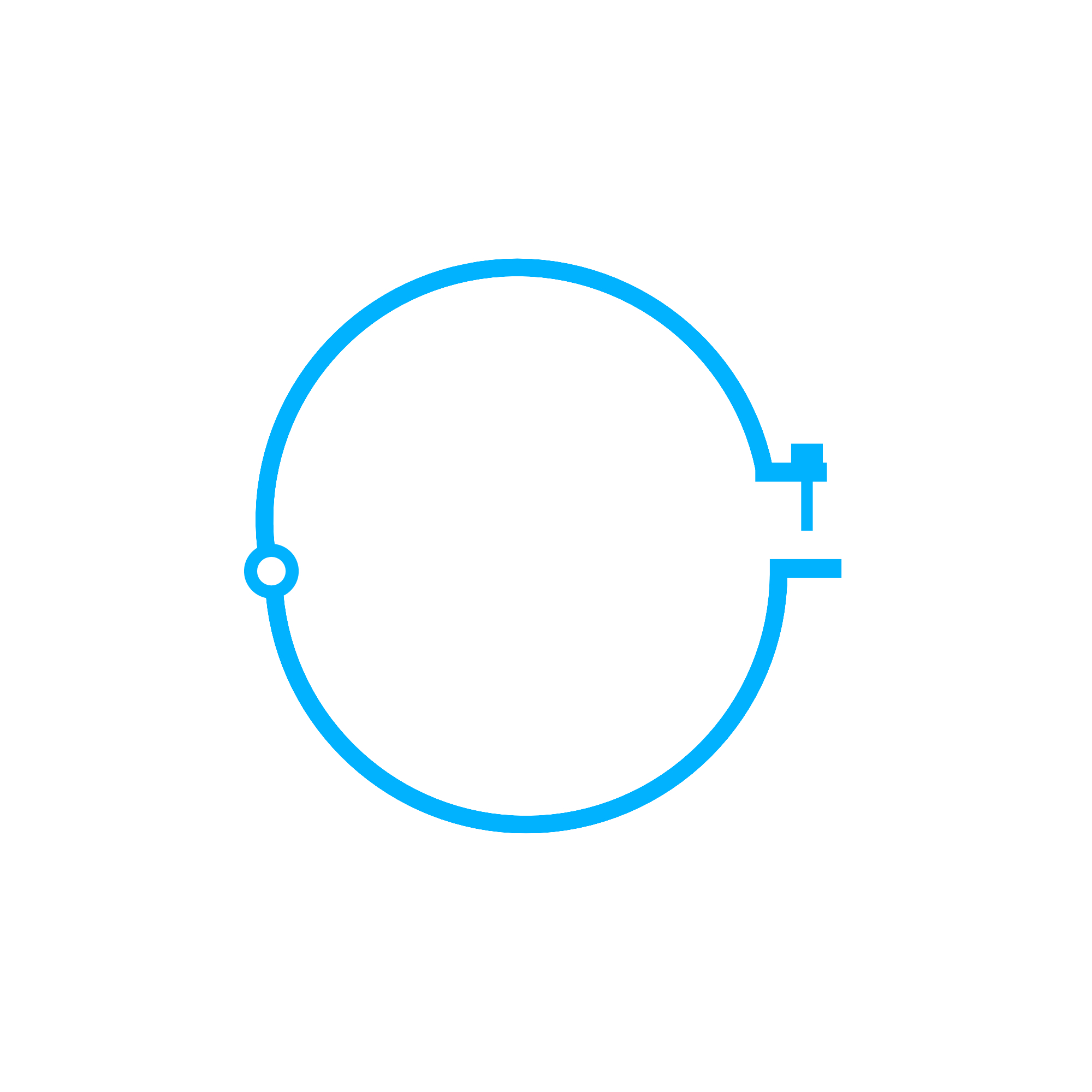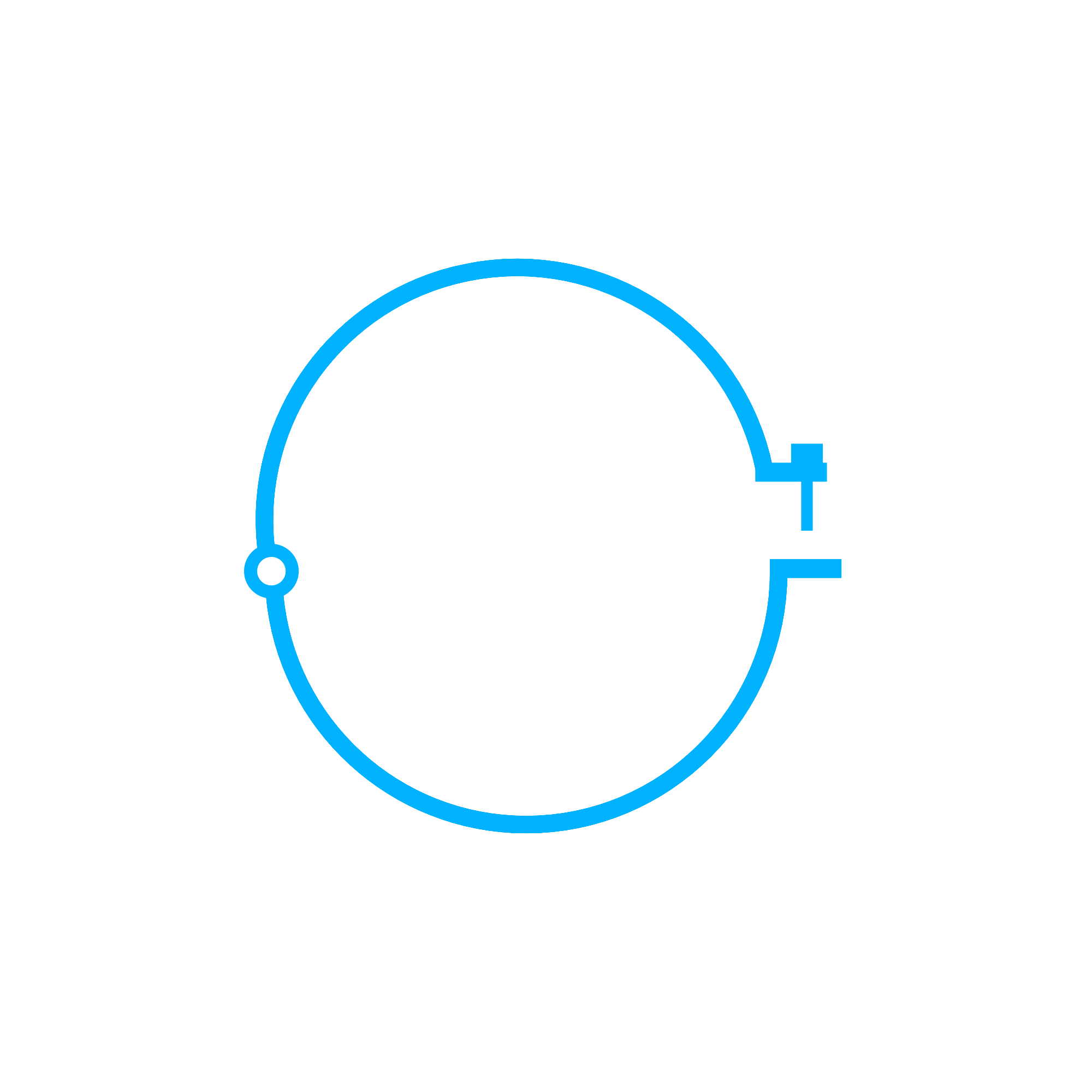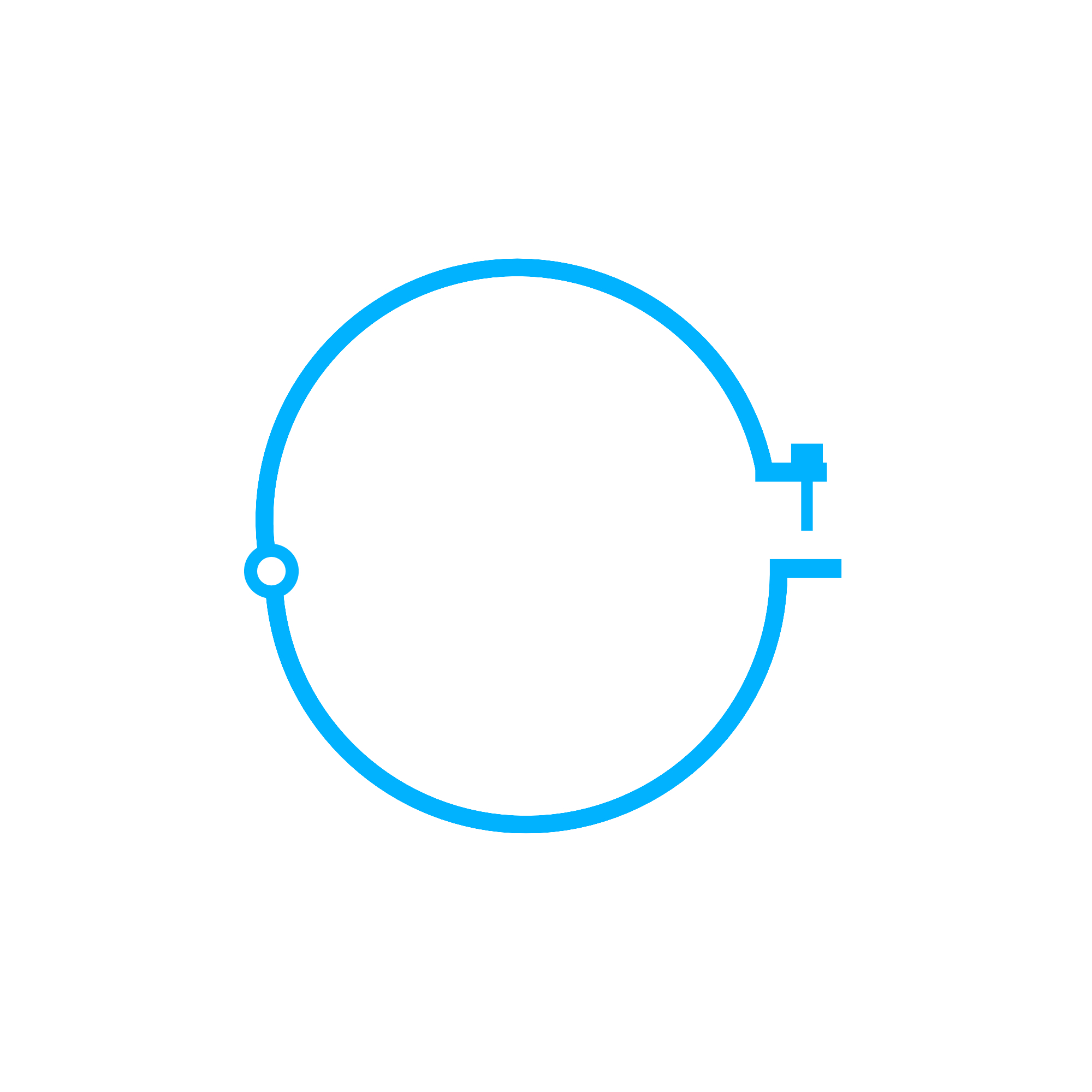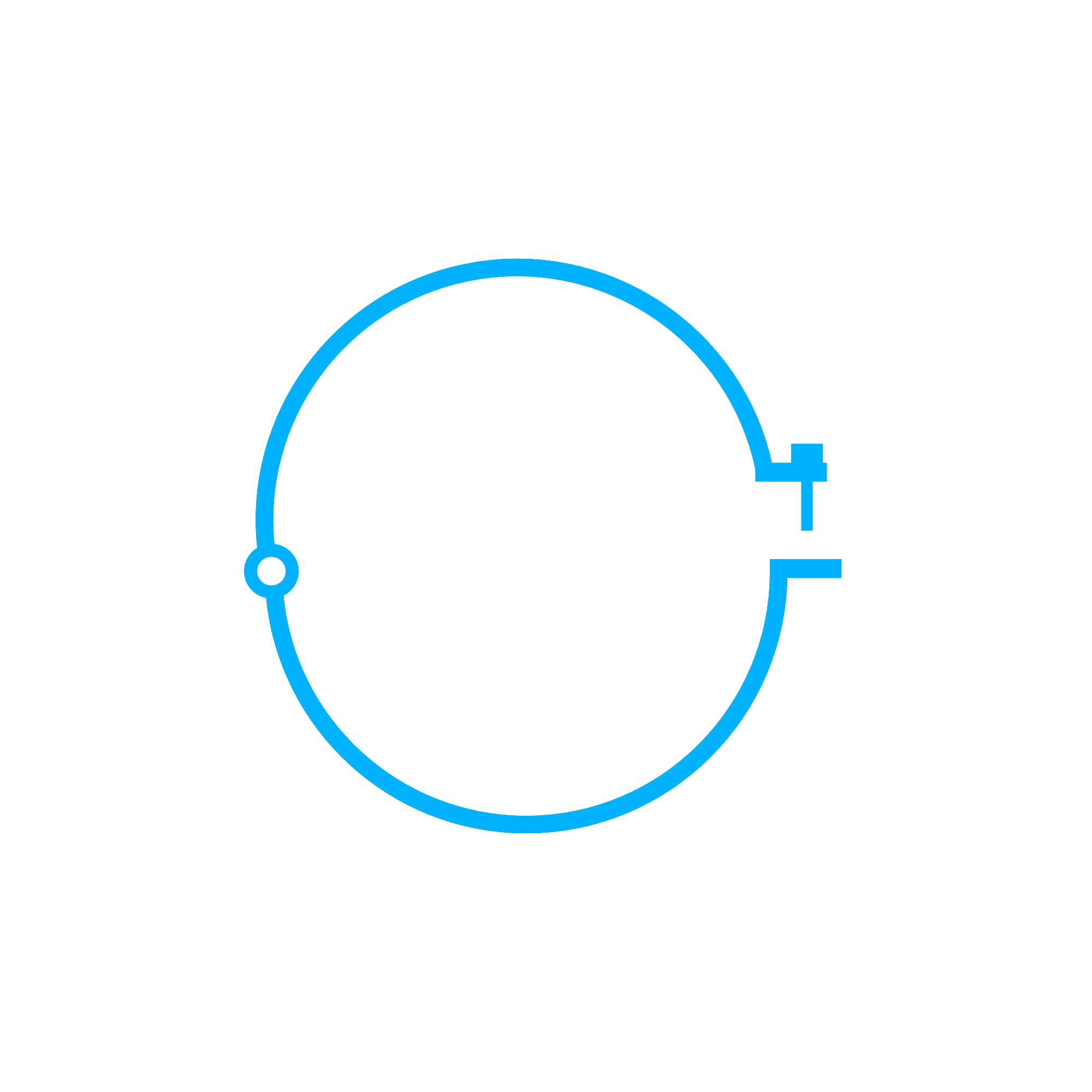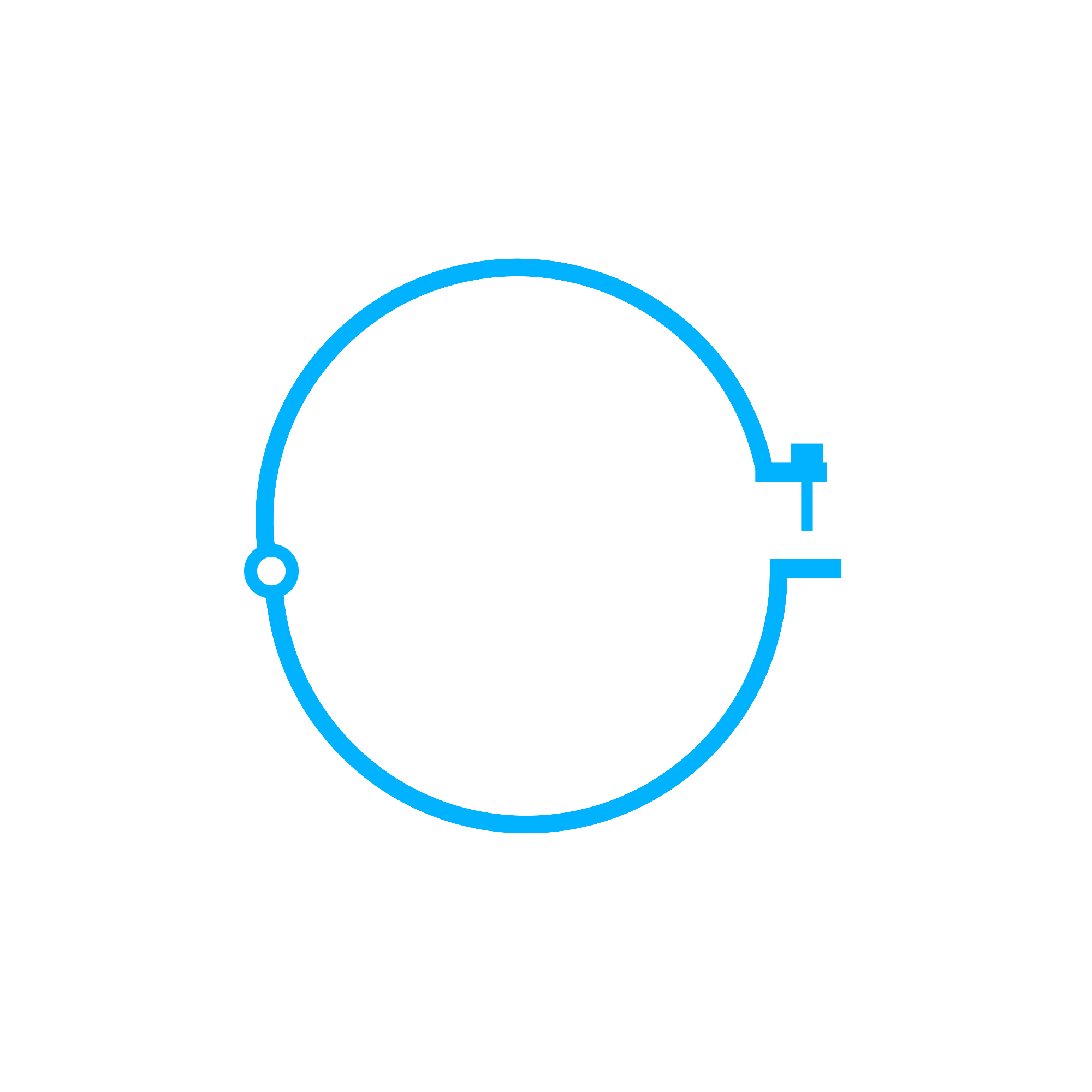CLAMPING ELEMENT Clamps for Diesel, Gas, and Marine Engines
Clamps are compact yet critical fasteners that secure hoses, pipes, and rigid joints throughout an engine. In modern propulsion and power generation systems, they maintain sealed connections for coolant, fuel, charge air, lubrication, and exhaust assemblies. By delivering controlled, circumferential force, a clamp stabilizes interfaces subject to pressure, heat, and vibration, protecting the engine against leaks, pressure loss, and mechanical damage.
Within heavy-duty applications, from a high-speed genset to a two-stroke marine engine, the right CLAMPING ELEMENT ensures that media flows stay contained and structural joints remain aligned across thousands of operating hours. Whether worm-drive hose clamps for coolant circuits, T-bolt clamps for turbocharged air systems, constant-tension clamps for temperature-cycling hoses, or V-band clamps for exhaust and turbocharger connections, properly specified clamps underpin reliable performance and safe operation.
Technical function of CLAMPING ELEMENT clamps in diesel and marine engines
A clamp converts tightening input (usually torque) into uniform band tension and contact pressure. On a hose joint, this pressure overcomes internal fluid pressure and compensates for hose creep, thermal expansion, and vibration. On V-band and band-style joints, a CLAMPING ELEMENT locks flanges together, providing axial retention and radial alignment at elevated temperatures and dynamic loads.
Key types used around a diesel engine or marine engine include:
— Worm-drive clamps: versatile, quick to install, suited for coolant, breather, and low-to-medium pressure fuel return lines. Smooth or lined bands prevent hose extrusion and reduce wear.
— T-bolt clamps: high clamp-load devices for charge-air and boost hoses, reducing blow-off risk under high manifold pressure.
— Constant-tension (spring) clamps: maintain force across temperature swings, ideal for systems with frequent heat cycles.
— V-band clamps: secure exhaust elbows, turbocharger outlets, and aftertreatment modules, enabling precise flange seating and fast serviceability.
In practice, the clamp’s band width, edge geometry, and thread pitch determine how load is distributed and how predictable the installed tension will be. Materials are matched to the media and environment: stainless steels (e.g., AISI 304/316) for corrosion resistance in saline atmospheres; heat-resistant alloys for hot exhaust joints; and coated carbon steels where cost-effective strength is sufficient. For safety-critical zones, a CLAMPING ELEMENT diesel engine specification typically defines the torque window, band finish, and retention features to achieve consistent sealing without hose damage.
Key characteristics and advantages of Clamps
· High, repeatable clamp load for pressure retention.
· Corrosion-resistant materials for marine environments.
· Constant-tension options for temperature cycling.
· Smooth or lined bands to protect soft hoses.
· V-band solutions for compact, serviceable exhaust joints.
· Defined torque ranges for predictable sealing.
· Resistant to vibration, shock, and pulsation.
· Sizes tailored to OEM parts interfaces and tolerances.
Why CLAMPING ELEMENT clamps matter for reliability, efficiency, and safety
Clamps directly influence uptime and lifecycle cost. Insufficient or uneven clamping can cause micro-leaks that escalate into coolant loss, oil mist, fuel seepage, or charge-air pressure drop—each of which impairs efficiency and may trigger derating or shutdown. On turbocharged engines, a slipping boost hose reduces air mass flow, elevates exhaust temperatures, and stresses components downstream. In marine spaces, fuel or lube leaks raise fire risk and increase bilge contamination with costly cleanup and compliance exposure.
Wear mechanisms include corrosion, thermal relaxation of the band, thread damage, and hose cold flow. If a CLAMPING ELEMENT is not matched to the application (material, width, profile), the joint may require frequent retightening, accelerating hose degradation and increasing maintenance workload. Conversely, over-torque can cut into the hose, compromise liners, and lead to premature failure. Selecting and maintaining clamps to the correct specification preserves sealing integrity, keeps systems clean, and protects bearings, pumps, and turbochargers from secondary damage caused by leaks or air ingress.
Advantages of OEM spare parts suitable for Clamps
Specified OEM spare parts suitable for clamps deliver consistency and traceability across fleets. Dimensional tolerances match engine-builder interfaces, safeguarding proper seating on barbs, flanges, and grooves. Material callouts (such as 316 for seawater exposure or heat-treated bands for hot zones) are controlled, ensuring the right balance of strength, ductility, and corrosion resistance. Fastener elements—worm gears, T-bolts, springs—are engineered to provide defined clamp loads at prescribed torque values, improving first-time-right assembly and reducing rework.
With CLAMPING ELEMENT OEM parts, purchasers gain predictable performance over long service intervals: uniform band edges that minimize hose wear, coatings that resist galvanic effects in mixed-metal assemblies, and spring elements that sustain force through thermal cycles. The result is stable sealing pressure, fewer leak-induced slowdowns, and a longer service life for hoses, pipes, and adjacent components—protecting both budget and availability.
MOPA: your partner for OEM spare parts CLAMPING ELEMENT clamps
MOPA supports operators and shipowners with fast, secure access to OEM parts for diesel and gas engines, including a comprehensive range of clamps for coolant, fuel, charge air, and exhaust systems. Our team matches CLAMPING ELEMENT marine engine requirements to the correct specification, coordinates cross-references, and delivers parts with reliable lead times to minimize downtime. Quality-focused processes, precise picking, and robust packaging protect the integrity of each clamp from warehouse to engine room. With MOPA, you benefit from speed, technical certainty, and confidence in every transaction.
Conclusion: CLAMPING ELEMENT clamps that keep engines sealed and stable
Clamps are essential to maintaining sealed, vibration-resistant connections across critical engine systems. Selecting the right CLAMPING ELEMENT and replacing it with OEM spare parts suitable for clamps safeguards performance, reliability, and service life while controlling total operating cost.
For dependable sourcing and rapid delivery, MOPA is ready to supply the CLAMPING ELEMENT OEM parts you need for diesel and marine engines—on time and to specification.


